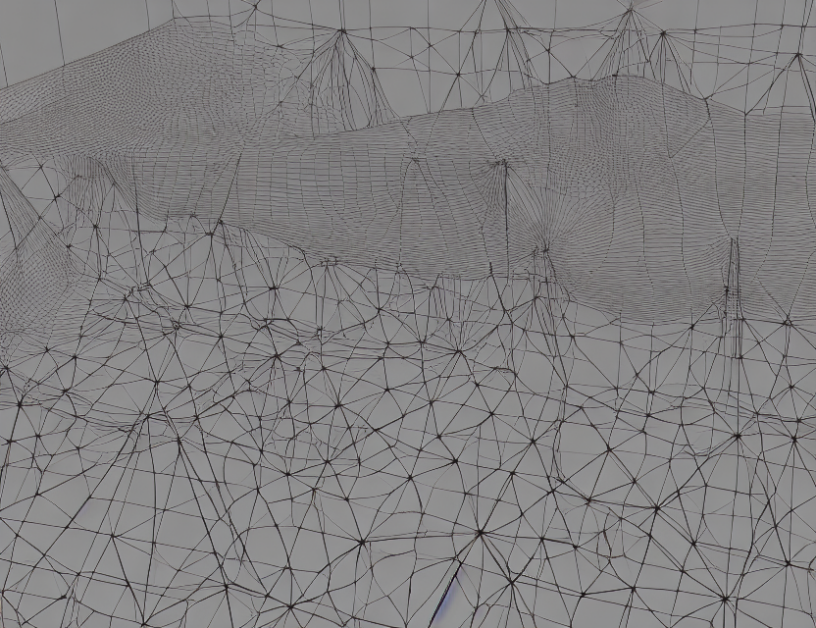In this research article, the authors aim to address the challenge of controllability in text-to-image diffusion models. They propose a novel approach called Score Distillation Sampling (SDS), which improves the quality of generated images by distilling knowledge from 2D diffusion models into a Nerual Radiance Field (NeRF). The authors evaluate the effectiveness of SDS through experiments on several benchmark datasets and demonstrate its ability to generate high-quality images that match the text prompts.
The authors note that previous work in this area has struggled with understanding hard logics, and that CLIP, a popular text encoder, also faces limitations in capturing complex logical relationships or spatial details. To overcome these challenges, the authors propose SDS, which leverages the strengths of both 2D and 3D models to generate images that are more accurate and controllable.
The authors evaluate their approach using CLIP scores and R-Precision, a measure of image quality based on human evaluations. They find that SDS outperforms other state-of-the-art methods in terms of both CLIP scores and R-Precision, demonstrating its effectiveness in generating controllable images.
Overall, the authors’ proposed approach has the potential to significantly improve the quality and controllability of text-to-image diffusion models, with implications for a wide range of applications such as visual storytelling, virtual reality, and human-computer interaction. By demystifying complex concepts through engaging metaphors and analogies, this summary aims to provide an accessible and comprehensive overview of the article’s key findings and contributions.
Computer Science, Computer Vision and Pattern Recognition
Disentangling Geometry and Appearance for High-Quality Text-to-3D Content Creation



